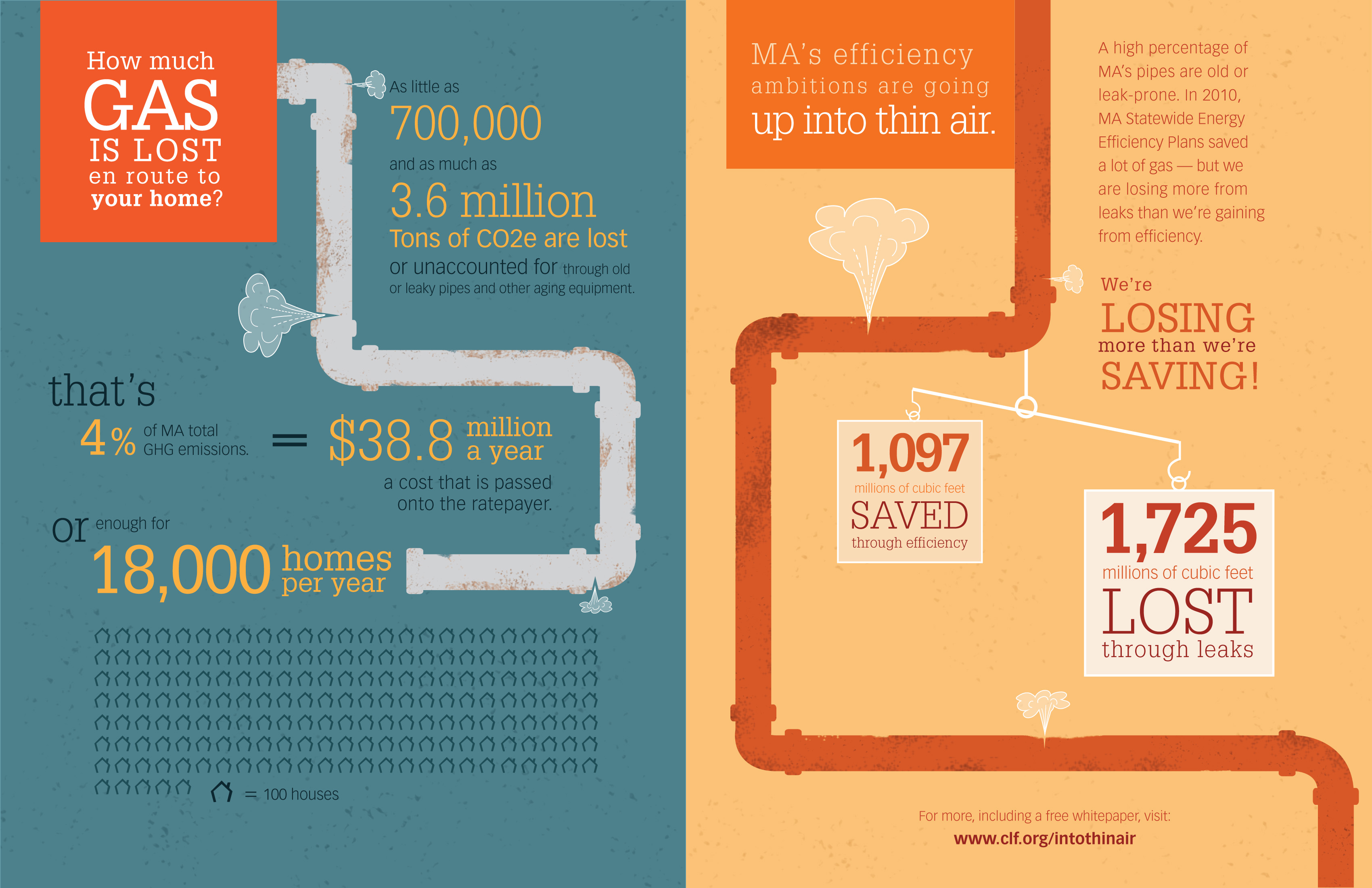Comprehending The Modern Technology And Capability Of Solar Panels: A Beginner'S Introduction
Comprehending The Modern Technology And Capability Of Solar Panels: A Beginner'S Introduction
Blog Article
Material Writer-Noonan Eskildsen
So, you've heard about solar panels and their prospective to generate electricity from sunshine, but exactly how exactly do they function? Recognizing the intricate modern technology behind solar panels can be a fascinating trip into the globe of renewable energy. From the basic principles of photovoltaic cells to the complex elements that comprise a photovoltaic panel system, there's an entire realm of expertise waiting to be explored. Let's unravel the enigmas of solar panel technology with each other.
Photovoltaic Panel Technology Basics
To really understand the essence of solar panel innovation, you have to explore the essential concepts that underpin its functionality. Photovoltaic panel include solar batteries, generally made from silicon, which have the amazing ability to convert sunshine right into electricity with the photovoltaic result. When sunlight hits the cells, the photons in the light interact with the silicon atoms, creating the electrons to damage without their atomic bonds. This produces an electrical current that can then be used for powering various devices.
The crucial component of photovoltaic panels is the semiconductors within the solar batteries, which promote the conversion of sunlight right into usable electrical power. These semiconductors have both positive and negative layers, creating an electric field that permits the circulation of electrons.
This circulation of electrons, when linked in a circuit, creates direct current (DC) electrical energy. Comprehending these basic principles is critical for appreciating how solar panels can harness the sun's power to power homes, services, and even satellites in space.
Exactly How Solar Panels Generate Electrical Energy
Photovoltaic panel harness the sun's energy by converting sunshine into power via a procedure called the photovoltaic effect. When sunshine hits the solar panels, the photons (light fragments) are soaked up by the semiconducting products within the panels, typically constructed from silicon. This absorption generates an electrical existing as the photons knock electrons loosened from the atoms within the product.
The electrical areas within the solar batteries then force these electrons to move in a specific instructions, developing a straight present (DC) of electrical energy. This straight current is after that gone through an inverter, which transforms it into alternating existing (AC) electricity that can be utilized to power your home or organization.
get redirected here created by the solar panels can be kept in batteries for later usage or fed back into the grid for debt through a process called internet metering. Comprehending exactly how solar panels create electrical energy is essential to appreciating the ecological and cost-saving benefits of solar energy systems.
Recognizing Solar Panel Parts
One crucial aspect of photovoltaic panel technology is recognizing the different elements that comprise a photovoltaic panel system.
The vital components of a photovoltaic panel system include the photovoltaic panels themselves, which are made up of solar batteries that convert sunlight right into electrical power. These panels are installed on a structure, frequently a roofing, to capture sunshine.
Along with https://solarnelinstallers19763.thelateblog.com/29861893/intrigued-in-the-misconceptions-connected-to-solar-installations-investigate-the-truths-behind-prevalent-misconceptions-and-discover-exactly-how-solar-energy-can-benefit-your-home , there are inverters that transform the straight current (DC) electricity created by the panels into rotating present (AC) electrical power that can be utilized in homes or services.
The system likewise includes racking to support and place the solar panels for optimum sunlight direct exposure. Additionally, cords and ports are important for transferring the electrical power created by the panels to the electric system of a building.
Finally, a tracking system might be included to track the performance of the solar panel system and ensure it's operating successfully. Understanding these elements is crucial for anyone wanting to mount or use solar panel technology successfully.
Conclusion
Now that you recognize the essentials of solar panel technology and just how it works, you can appreciate the power of taking advantage of sunlight to generate clean and renewable resource for your building. By making use of the solar effect and components like inverters and keeping an eye on systems, you can add to a much more sustainable future while also potentially reducing energy prices. Keep knowing and exploring the possibilities of solar power for a greener tomorrow.
